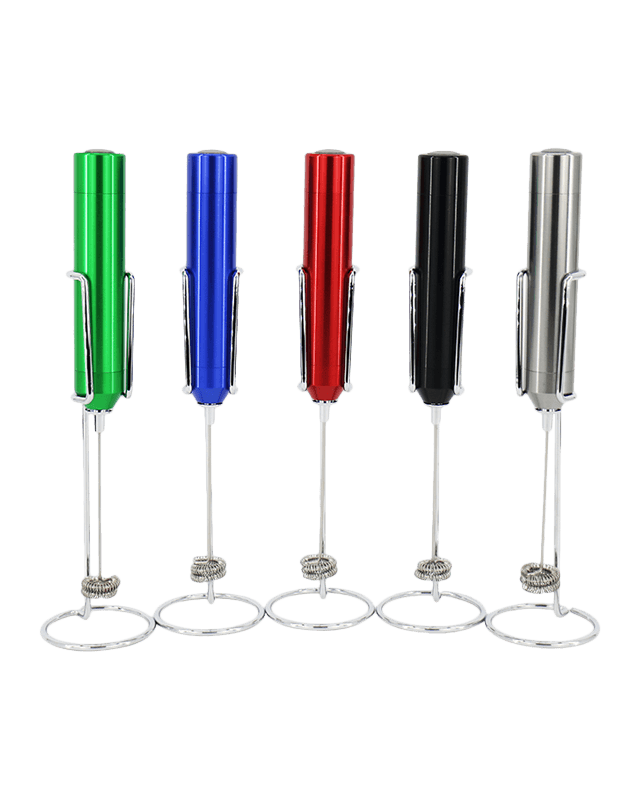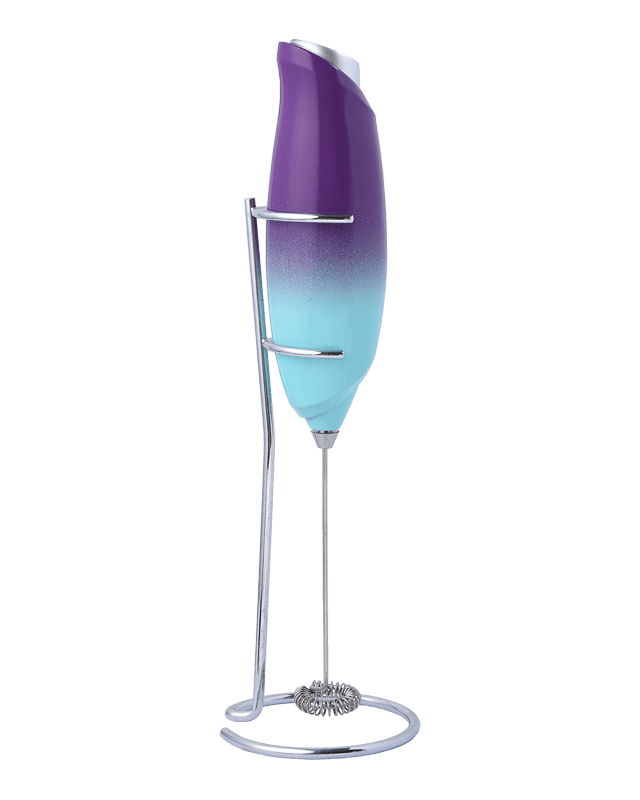The durability of the whisk and frothing components is largely influenced by the materials used in their construction. High-quality frothers typically feature whisks made from durable stainless steel or other corrosion-resistant alloys. Stainless steel is preferred for its strength, resistance to wear and corrosion, and ability to withstand high temperatures. In contrast, lower-end frothers may use plastic or other less durable materials, which can degrade more quickly with frequent use or exposure to high temperatures. Stainless steel whisks and frothing disks are more robust, ensuring long-term performance, even in demanding conditions. Some frothers also include titanium or other reinforced materials for added strength, particularly in the frothing mechanism.
The overall build quality of the frother plays a significant role in its durability. High-end models tend to have a solid, well-constructed body that can withstand regular use and prevent components from loosening or breaking over time. The motor housing, whisking components, and frothing chamber should be securely assembled to avoid wear and tear from vibrations or continuous use. Frothers with a sleek, sealed design tend to be more resistant to external damage, which can improve their lifespan. Premium frothers may also feature reinforced internal components that can handle stress better, reducing the likelihood of malfunctions or premature breakdowns.
The longevity of the whisk or frothing components is also impacted by the strength and efficiency of the motor. The powerful motor allows the frother to create smooth, consistent foam without overloading the components. Durable motors often feature high-quality bearings and are designed to operate quietly and efficiently, minimizing the wear on internal parts. However, in models with weaker or less robust motors, the increased strain can lead to quicker wear on the whisk and frothing components, leading to breakdowns or loss of frothing performance.
Many automatic milk frothers are designed with features that enhance their durability. For example, some frothers include a non-stick coating on the frothing chamber, which helps prevent milk from sticking to the walls, reducing the risk of wear and tear on the internal parts. Frothers with removable whisks and frothing disks often allow for easy cleaning and maintenance, preventing the buildup of residue that could degrade the components over time. Some high-end models include heat-resistant or reinforced whisk components that maintain their shape and function even with prolonged exposure to high temperatures.
The durability of the frothing components is also dependent on how frequently the frother is used. Regular use can naturally lead to some wear and tear, particularly on the whisk or frothing disk. However, quality frothers designed for high-frequency use are built to withstand prolonged operation. In contrast, lower-end models may show signs of degradation or performance loss after just a few uses, especially in high-use environments like cafes or professional settings.
Proper care and maintenance play a critical role in extending the life of the frother’s components. Cleaning the frother after each use, ensuring that no milk residue is left behind, and periodically checking the whisk or frothing components for wear can significantly extend the frother’s lifespan. Frothers with detachable whisks make maintenance easier, as these parts can be cleaned thoroughly, reducing the risk of milk buildup that could damage or weaken the frothing components over time. Some frothers also offer self-cleaning functions that help maintain the internal parts without manual intervention, promoting long-term durability.



 English
English
 Français
Français
 Español
Español
 Deutsch
Deutsch
 日本語
日本語





























